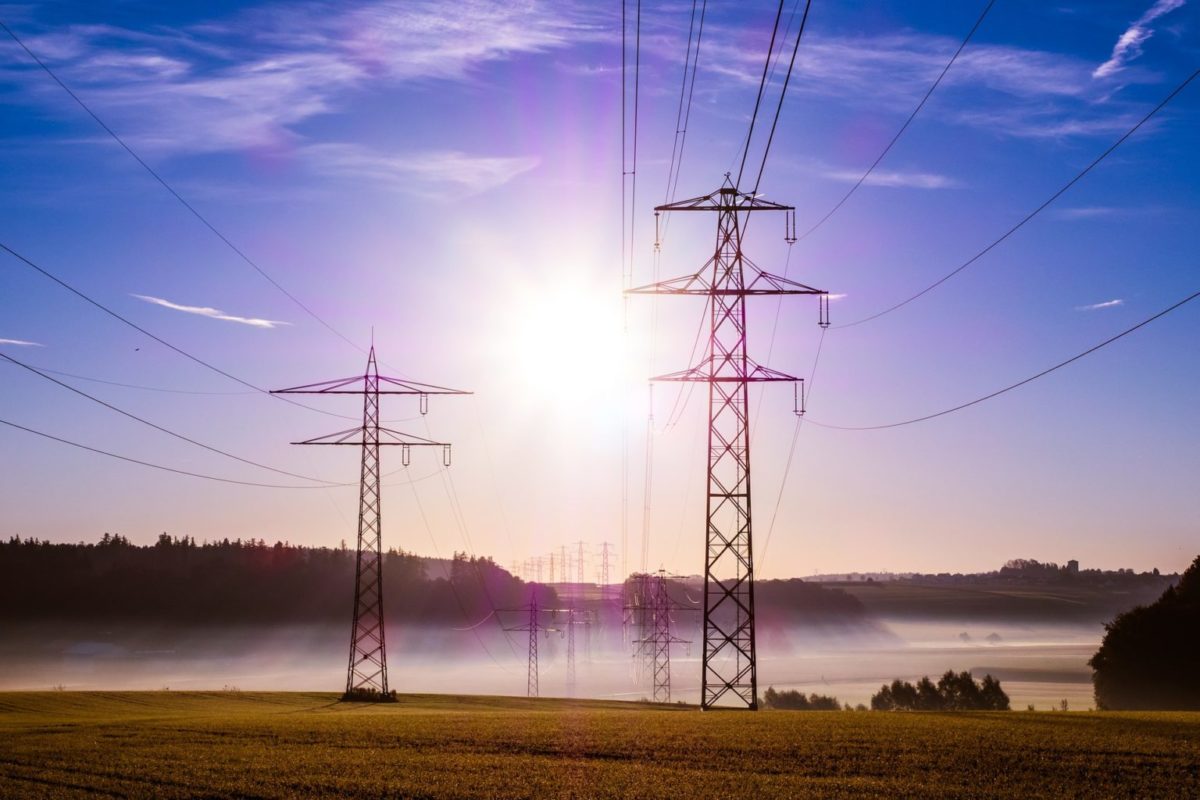From pv magazine USA
The U.S. grid is a network of power generation plants, transformers, wires, sensors, and poles that carry electricity far and wide. When we have power, we don’t give the grid much thought. But that is now changing.
Much of the nation’s grid is old, with the average age of power plants being over 30 years old – most transmission lines and transformers are more than 25 years old. In that time period, much new technology has been added to the grid, including solar and energy storage.
The U.S. Department of Energy (DOE) is serious about the potential threat of cyberattacks on the nation's energy resources. In a speech to the Department of State in early February, President Joe Biden announced an “urgent initiative” to improve U.S. capabilities, readiness and resilience in cyberspace.
The Solar Energy Industries Association (SEIA) is continuing its efforts to shore up the solar industry’s resilience against cybersecurity threats. Recently, SEIA and the Department of Energy Solar Energy Technologies Office (SETO) hosted a half-day virtual summit on the state of cybersecurity in the industry, with an emphasis on how these threats must be taken into account from the initial design phase.
SEIA advises that it is more cost-effective to mitigate risks now than to pay the price after the fact by taking just a few, simple, low-cost steps for businesses to take to strengthen their cybersecurity and prevent future attacks. Such measures include password protection solutions, multi-factor authentication, and keeping software up to date.
SEIA also advises companies to actively implement strong data governance strategies. Information can fall into the wrong hands if it isn’t handled properly, and it is recommended that companies dispose of older, unnecessary data. Tips for small business security can be found in the Cybersecurity and Infrastructure Security Agency’s (CISA) cybersecurity toolkit.
What is needed is an industry-wide approach. SunSpec and the Sandia National Laboratories lead a distributed energy resource (DER) Cybersecurity Workgroup to create an industry standard for cybersecurity from the competing frameworks. Interested companies can join the working group to contribute to the development of these critical industry standards and best practices.
Clean energy companies can join a public-private partnership to work together with other businesses and the government to identify vulnerabilities, triage cyber issues, and develop scalable solutions to secure the grid. The Department of Energy’s Cyber Testing for Resilient Industrial Control Systems (CyTRICS) is one such partnership between many of the national labs and private businesses.
This content is protected by copyright and may not be reused. If you want to cooperate with us and would like to reuse some of our content, please contact: editors@pv-magazine.com.




By submitting this form you agree to pv magazine using your data for the purposes of publishing your comment.
Your personal data will only be disclosed or otherwise transmitted to third parties for the purposes of spam filtering or if this is necessary for technical maintenance of the website. Any other transfer to third parties will not take place unless this is justified on the basis of applicable data protection regulations or if pv magazine is legally obliged to do so.
You may revoke this consent at any time with effect for the future, in which case your personal data will be deleted immediately. Otherwise, your data will be deleted if pv magazine has processed your request or the purpose of data storage is fulfilled.
Further information on data privacy can be found in our Data Protection Policy.